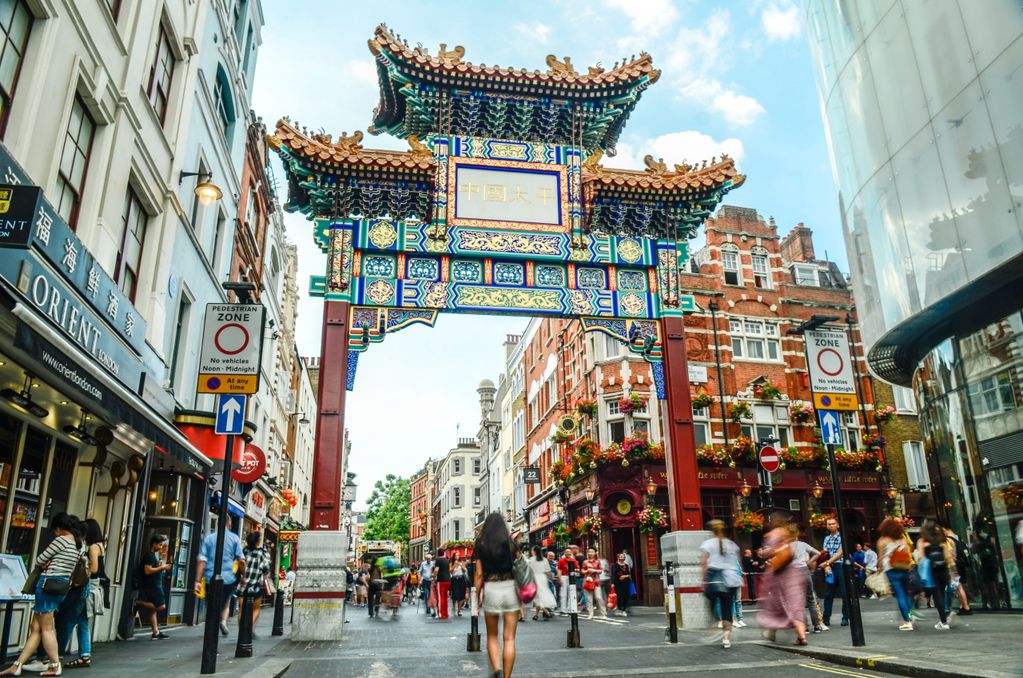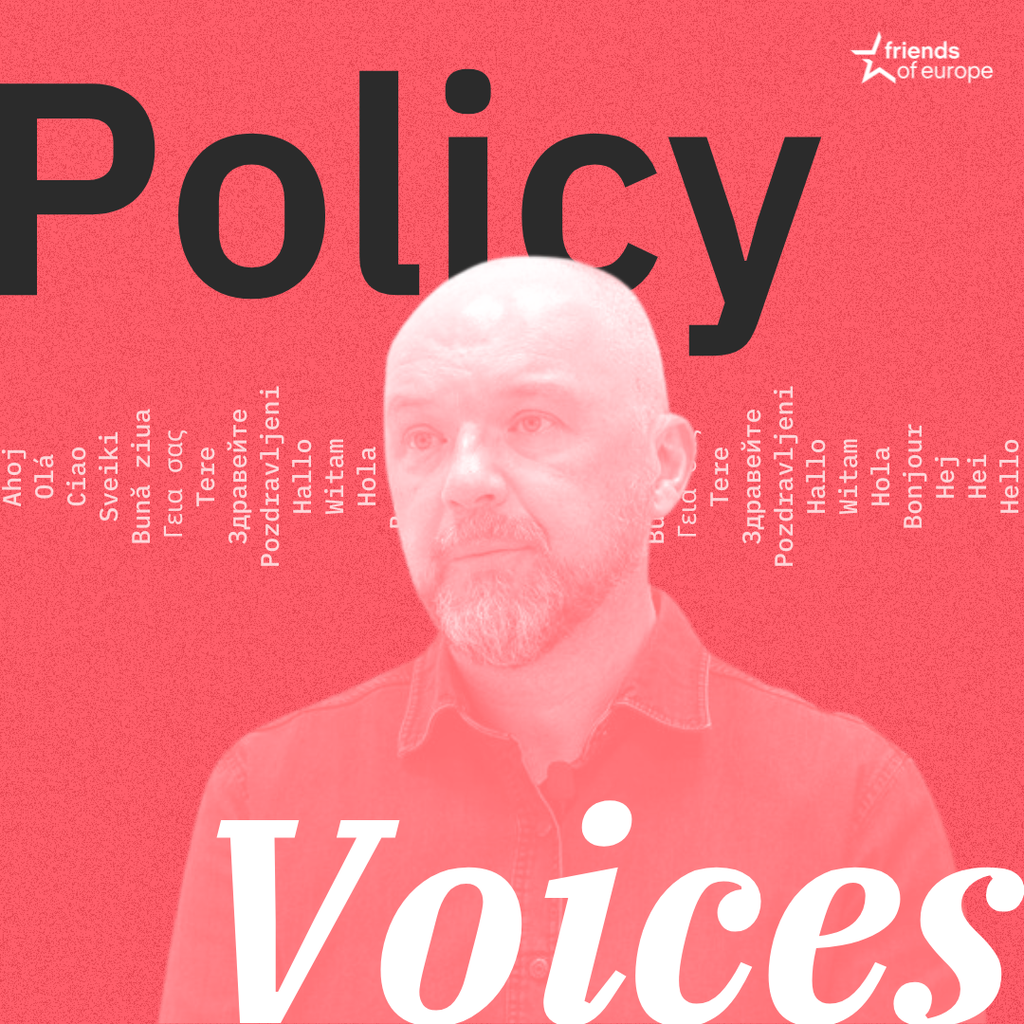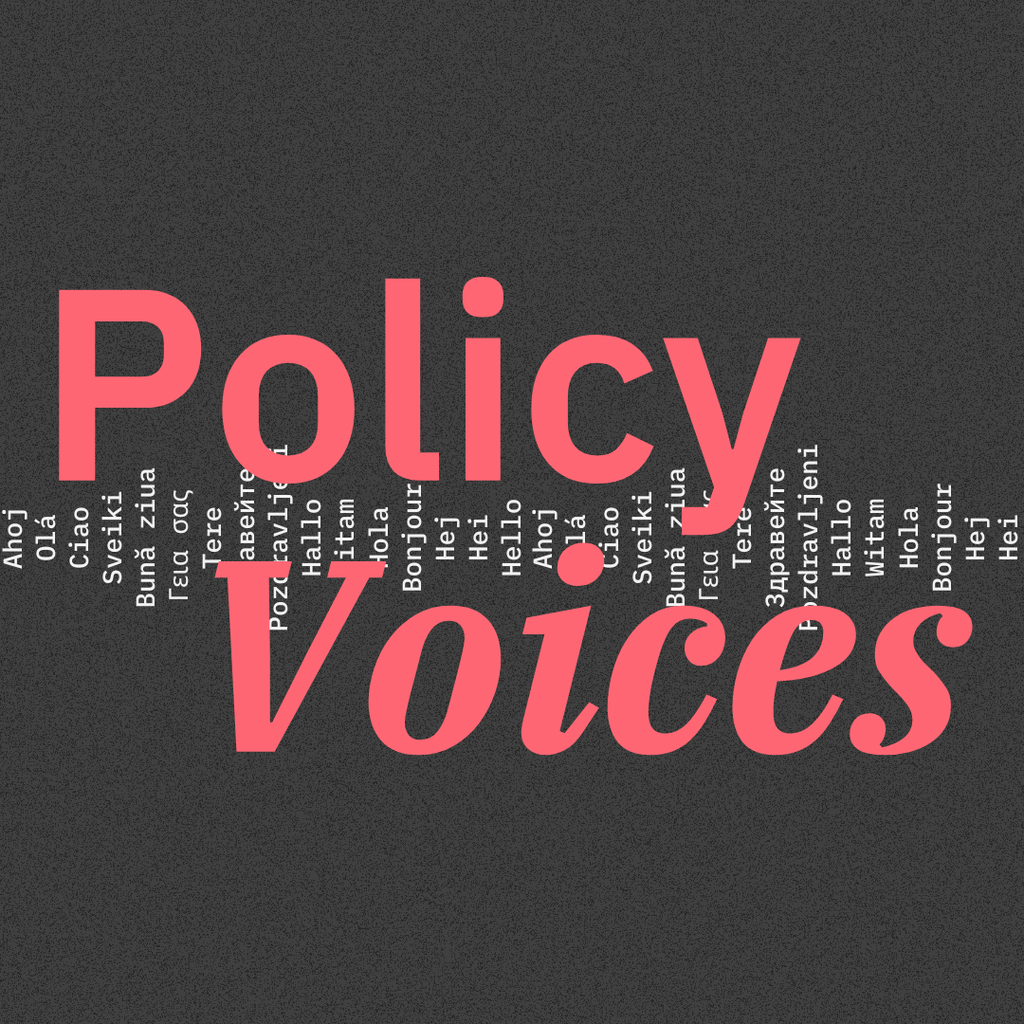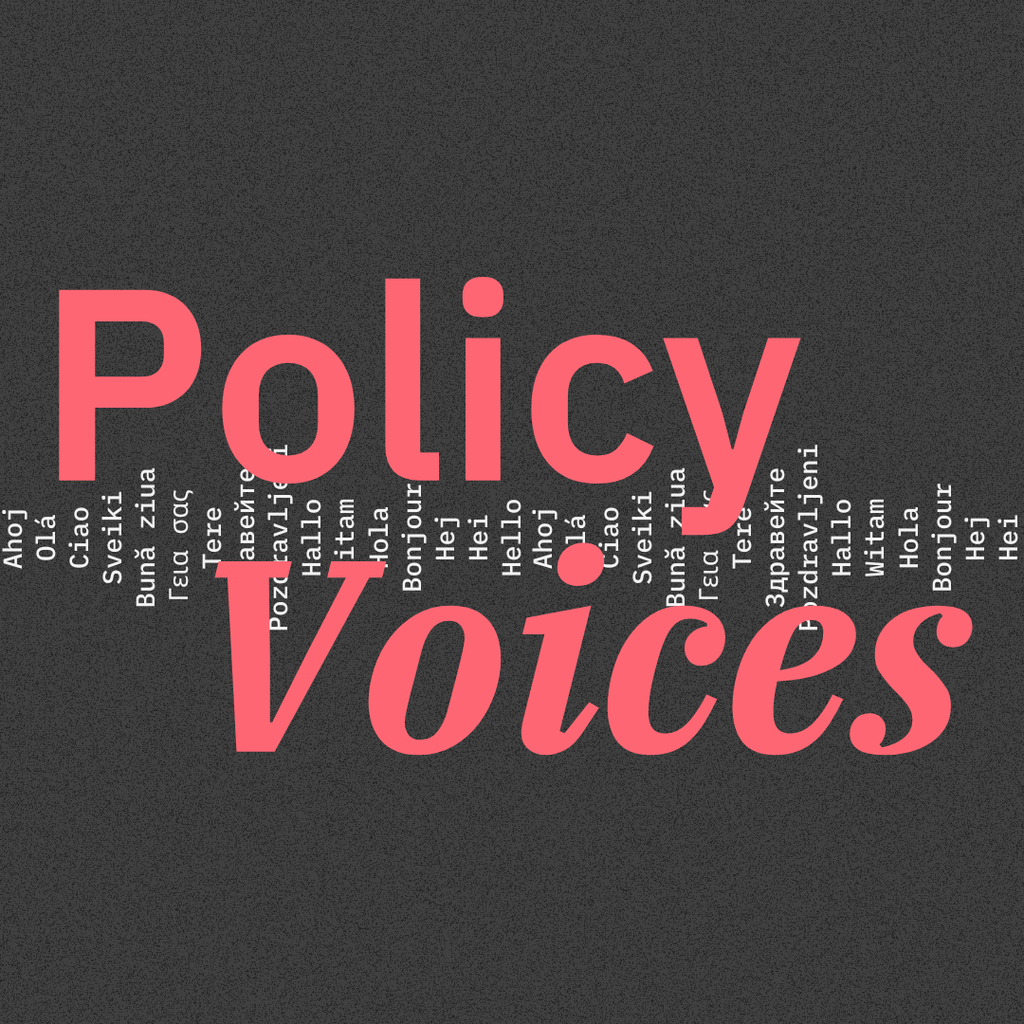Europe-China Forum
Next event In person & livestreamed

- Area of Expertise
- Global Europe
Global Europe

Asia has paid very little attention to the Transatlantic Trade and Investment Partnership (TTIP) negotiations between the United States and Europe now underway for more than two years. If TTIP were to live up to its supporters’ grandest dreams, Asia’s detachment would be a serious mistake. But as the odds favour a much less ambitious outcome, it would seem Asians have little reason to fear its implementation.
The U.S. and the EU have talked for years about a free trade agreement, but both sides worried about the implications of a bi-lateral deal between them in terms of the global trading picture. If the U.S. and EU peeled off from the rest of the 150-plus members of the World Trade Organisation (WTO), it would put the others at a competitive disadvantage. The U.S. and Europe are their largest export markets, especially for consumer goods and other finished products.
The WTO’s multi-lateral trade negotiations launched in 2001 are still stalled after more than a decade, so for Europe and America, the prospect of a bi-lateral arrangement grew more appealing. The markets of both are generally open to one another, overall tariff levels are low and services and investment flow relatively freely both ways across the Atlantic. This meant that TTIP could create significant benefits if it offers genuinely deep integration beyond traditional trade questions like tariff reductions, and extend to the hidden barriers that block trade. To deliver the greatest benefits, TTIP will first and foremost have to address incompatible standards.
The largest gains from TTIP nevertheless lie in harmonising overlapping, conflicting or generally opposite standards
Negotiators quickly ran into many reasons why the TTIP trade talks are perhaps the hardest encountered by either side. Because TTIP has only two parties, it is proving difficult to create true win-win outcomes. On issues like standards harmonisation, it isn’t possible to enlarge the pie and split the greater benefits – both sides are frequently left with a win-lose outcome. What sort of paper, for instance, will the final document be printed on – U.S. letterhead or A4? There is no way to harmonise and meet in the middle on issues like paper sizes. Mutual recognition, which often smoothes over such tricky problems, won’t work. The U.S. and Europe already engage in mutual recognition of paper, but to get to just a single size, one would have to give up its standard. Overnight, nearly all the binders, bookcases, envelopes and filing cabinets in either America or Europe would have to be replaced.
The largest gains from TTIP nevertheless lie in harmonising overlapping, conflicting or generally opposite standards. Food and food safety standards and product designs for health are even more challenging than the example of paper. American and European regulators often approach such issues from fundamentally different perspectives. The U.S. usually assumes that food products are safe unless proven otherwise. The EU says food is safe only when that’s proven. Yet harmonised standards on food safety, allowable pesticide levels or acceptable ingredients would be a boon to farmers whose crops could be sold on both sides of the Atlantic.
A TTIP deal that actually managed to dig deeply into these issues would, however, be of concern to the rest of the world. Many Asian companies might well have to switch their production processes and create their products differently to accommodate TTIP standards when exporting to the U.S. or EU. And if Asian domestic standards and regulations don’t match TTIP, Asian firms would be forced to create two sets of products, resulting in higher production costs just as their European and American competitors would be enforcing lower costs thanks to their harmonised standards. Rather than face such a loss of competitiveness, most countries in Asia and elsewhere would be forced to shift their standards to match the Americans and Europeans. The TTIP rules would rapidly become global standards.
But most governments around the world would prefer to tailor their regulatory frameworks to suit local conditions. It is therefore perhaps fortunate that the odds are long on the Americans and Europeans successfully completing so comprehensive an agreement as TTIP. The obstacles are simply too great, with too many direct costs likely to affect key industries. It will be very hard to convince public opinion in America and Europe of the overall benefits and gains from the agreement in the face of those obvious losses.
Instead of worrying about TTIP, Asian governments are enthusiastically signing their own trade agreements in the region
As the TTIP negotiations proceed, agreement has been moving towards something closer to a standard trade deal. The harmonisation of standards – the one clear benefit from the closer integration of two markets otherwise relatively compatible and open – seems unlikely to go much beyond the mutual recognition of existing arrangements. And because Asian companies already have to accommodate American and European rules, that will be largely unchanged. So instead of worrying about TTIP, Asian governments are enthusiastically signing their own trade agreements in the region. The Trans-Pacific Partnership (TPP) which is nearly finished, will unite seven Asian economies – Australia, Brunei, Japan, Malaysia, New Zealand, Singapore and Vietnam – with the United States, Canada, Mexico, Peru and Chile.
Although TPP mostly takes baby steps to standards harmonisation, with different regulations across the 12 members it will still be possible to accept mutual recognition and achieve improvements to the current status quo. And the diverse TPP membership means that such an ambitious traditional agreement can still result in significant economic benefits. Businesses will have new opportunities to build supply chains across the region with fewer barriers, and so find customers in new markets.
Another important Asian mega-regional agreement is the Regional Comprehensive Economic Partnership (RCEP). This deal brings together 16 countries in Asia – ASEAN’s Brunei, Cambodia, Laos, Indonesia, Malaysia, Myanmar, the Philippines, Singapore, Thailand and Vietnam, and Japan, South Korea, China, India, Australia and New Zealand. It will not attempt to harmonise standards, and will be fairly unambitious in areas like tariff reductions and services and investment liberalisation. But the potential payoff from an agreement that links economically dynamic countries like China and India with south-east Asia could be substantial.
Once all these agreements start to come into force, the calculus on trade deals might be reversed – rather than Asia fearing TTIP, the European Union may be facing increasingly competitive companies in Asia.
Next event In person & livestreamed

Past event

Past event Online

Past event IN PERSON & ONLINE





Stay informed
We use cookies and similar technologies to adjust your preferences, analyze traffic and measure the effectiveness of our campaigns. Learn more about our privacy policy.